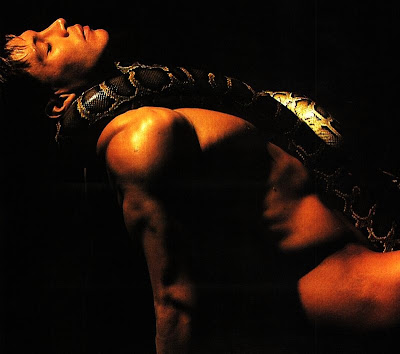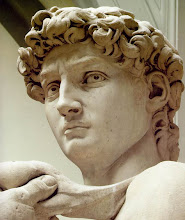Some said he was the founder of Elis, others said he was a shepherd but all agreed he was a youth of surpassing beauty.
Selene was the goddess of the moon who fell in love with the mortal
Endymion. Selene cast a spell
over her lover to lull him to sleep forever. Wondrously beautiful he lies on the mountainside, motionless and remote as if in death, but warm and living, immortal, but never conscious.
And night after night, the Moon visits him and covers him with kisses.


Endymion the shepherd,
As his flock he guarded,
She, the Moon, Selene,
Saw him, loved him, sought him,
Coming down from heaven
To the glade on Latmus,
Kissed him, lay beside him.
Blessed is his fortune.
Evermore he slumbers,
Tossing not nor turning,
Endymion the shepherd,
In another version, it was Hypnos (Sleep) not Selene who was in awe of Endymion's beauty, caused him to sleep with his eyes open, so he can fully admire his face.




















































